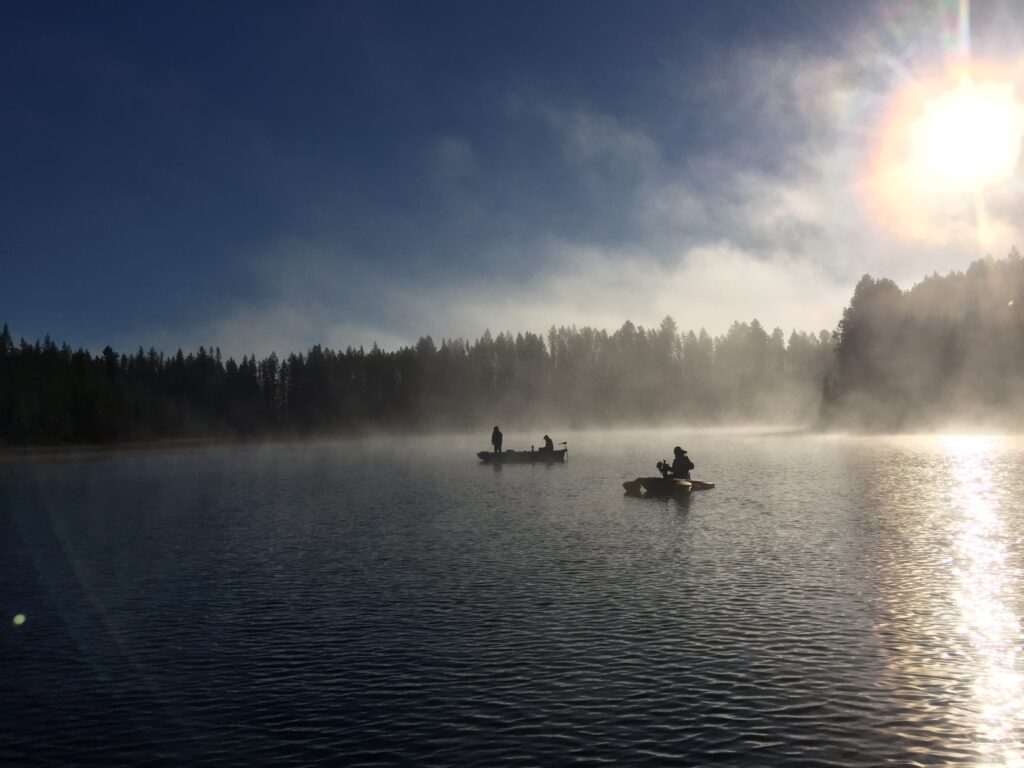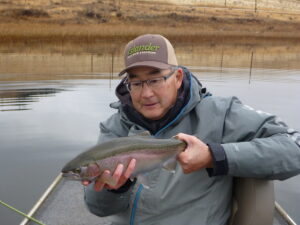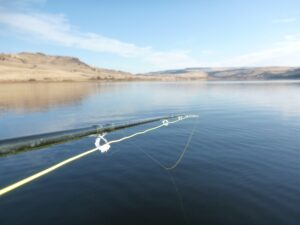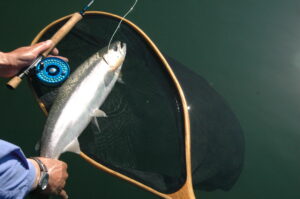Expert Advice
Fall Lake Fishing – Brian Chan’s Dream Season
There are literally thousands upon thousands of small productive trout lakes scattered throughout parts of the world and they are becoming increasingly popular fisheries in western Canadian provinces and American states. Fall lake fishing in particular provides an escape from often crowded western streams and tailwaters. 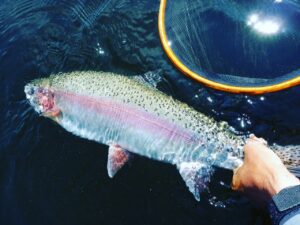 The water in many stillwaters is nutrient rich and thus capable of supporting a wide and abundant diversity of trout food sources. This creates the perfect environment to grow trout and char to enormous sizes.
The water in many stillwaters is nutrient rich and thus capable of supporting a wide and abundant diversity of trout food sources. This creates the perfect environment to grow trout and char to enormous sizes.
Temperature is Key
Water temperature drives all things in stillwaters and in the fall that cooling water turns the biggest trout in the lake into aggressive feeders. And the best part is that this feeding is done in shallow water.
In the spring, warming water temperatures trigger the parade of aquatic insect emergences beginning with chironomids or midges then followed by mayflies, damselfies, caddisflies and dragonflies. By the time fall arrives insect hatches have waned and trout focus their attention on shrimp or scuds, leeches, immature damselfly and dragonfly nymphs and water boatman and backswimmers. Anglers can expect to see the fall fishing action really become consistent once the surface temperatures drop below 50° F (10°C). This cooler water is well oxygenated and allows the fish to feed in water often less than 10 feet in depth.
The shallow water zone supports the highest density of available food and the trout know it and respond accordingly. Fall fishing can last for up to a couple months or until the lake finally freezes over. Tactics range from casting and retrieving sinking lines of various densities to wind drifting leeches under a strike indicator.
A standard equipment set up would be a 9’6″ or 10′ 6-weight rod with an LX 3.4 reel. If you’re fishing on trophy lakes—or it’s what you already have in your quiver—it won’t hurt to move up to a 7-weight with an LX 3.6.
Stay on the Move
The fall stillwater angler should be prepared to move a lot during the day in search of groups of feeding fish. Often these more active fish will show themselves by rolling or jumping in a particular bay or along part of a big shoal.Remember there are no insect hatches for the fish to key in on. A typical late fall day may see several feeding periods that may be short in duration. Its important not to leave to early as the bite may not come on until mid to late afternoon.
Best Chance for a Giant
Frosty sunny mornings are the perfect beginning to a great fall fishing session. These are short fishing days but do offer the best chances for landing your biggest fish of the year.It’s time to enjoy some quality time on the water.
-Brian Chan
For more stillwater tips like this, make sure to follow Brian Chan and Phil Rowley at Stillwater Fly Fishing and Fly Tying on Facebook and download their Stillwater Fishing App for Apple and Android.
As a guide, seminar host, successful author, and retired fisheries biologist, you’ll be hard pressed to find a more passionate and influential angler in all of British Columbia than Brian Chan. Based out of Kamloops, BC, he enjoys spending time on local lakes when he isn’t reaching for then ends of the earth for his next adventure.


